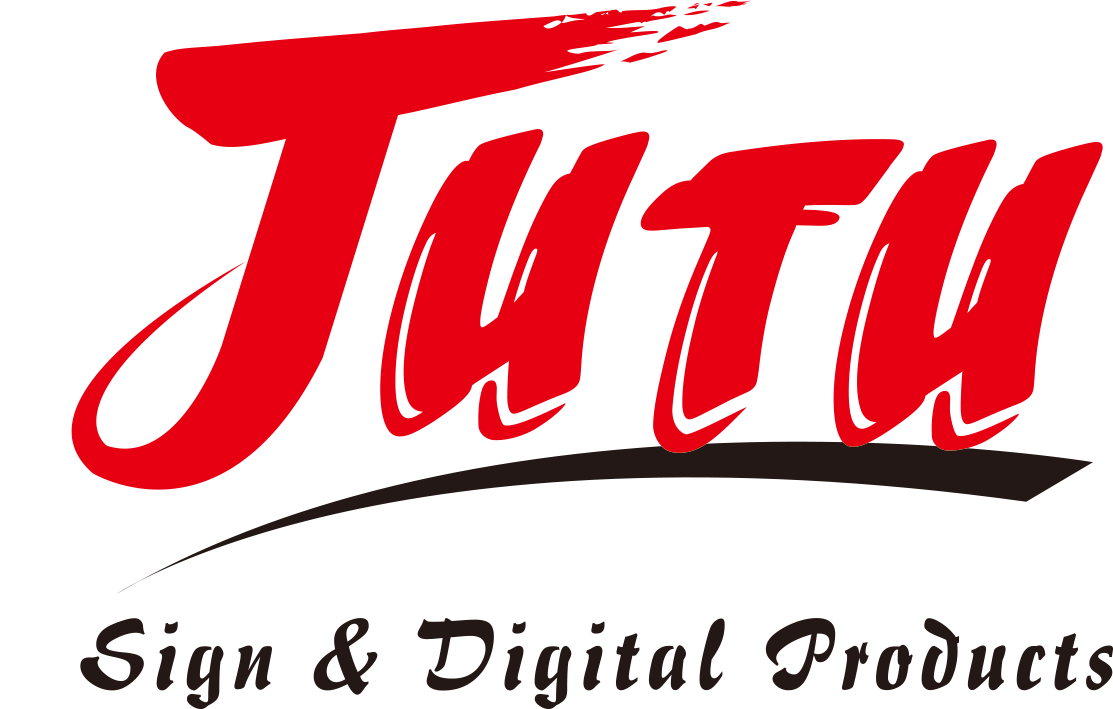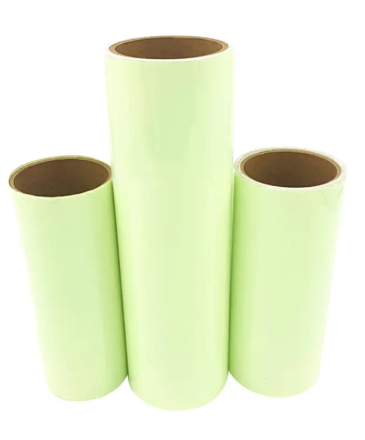What Is PVC Heat Transfer Vinyl?
Composition and Material Properties
PVC Heat Transfer Vinyl comes from polyvinyl chloride, or PVC for short, which most people know as a flexible plastic that doesn't break easily. What makes this stuff work so well are the layers inside it the backing sheet plus that special glue that only sticks when heated to just the right temperature, usually around 300-350 degrees Fahrenheit depending on what surface it's going onto. The real magic happens because PVC bends and stretches without tearing, allowing designers to make those complicated patterns and fine details that look amazing on t-shirts, hats, and other promotional gear. Anyone who has tried printing their own designs knows how important this flexibility is, especially when working with curved surfaces or tight spaces. That's why so many crafters and small businesses turn to PVC Heat Transfer Vinyl whenever they need something durable yet versatile enough for all sorts of creative projects.
Key Differences from PU and Other HTV Types
When comparing PVC versus polyurethane (PU) heat transfer vinyl, there are real distinctions that matter when picking materials for particular projects. PVC tends to be stiffer stuff that holds up against rough treatment, which makes sense why folks go for it outdoors where things get beaten up by weather. What's more, this kind of HTV stands up better to everyday abuse over time than many alternatives out there. On the flip side, PU gets favor among crafters working with stretchy fabrics because it bends so nicely without breaking. Some manufacturers actually tout PVC as being greener option in certain situations too, plus it works smoother under the heat press. Getting familiar with these contrasts lets people make smarter choices about what vinyl works best for their specific needs and fabric types they're dealing with day to day.
How PVC Heat Transfer Vinyl Works in Printing
Step-by-Step Application Process
Applying PVC Heat Transfer Vinyl isn't too complicated, though getting good results does take some attention to detail. First things first, create your design using a cutting machine such as a Cricut or Silhouette. Important note: remember to mirror the image before cutting! Otherwise what ends up on fabric will be backwards. Once cut, go through the vinyl and remove all the extra bits around your actual design. Don't rush this part because leftover scraps can ruin the whole look later on. When ready, place the HTV where it belongs on the garment and get out that heat press. Most folks forget how critical temperature really is here. Aim for around 305°F (150°C) and hold for about 15 seconds per layer. Let cool completely before peeling off the backing paper. Follow these steps right and those designs should stick around for ages without fading or peeling away.
Essential Equipment for Heat Transfer
Getting good results when working with PVC HTV starts with the right gear. First things first, invest in a decent heat press. The best ones spread heat evenly across the surface, which matters a lot when trying to stick the vinyl to whatever fabric or material we're using. Next up, a cutting machine becomes pretty important too. These machines let us create all sorts of detailed patterns and shapes that just aren't possible with scissors alone, opening up tons of creative options for our projects. Oh, and those protective sheets or Teflon covers? They might seem like an afterthought but trust me, without them the material tends to get scorched during pressing, ruining what could have been a great design. When everything works together properly, the whole process feels much smoother and the end result looks way better than if we tried to wing it with basic tools.
Advantages of PVC Heat Transfer Vinyl
Durability and Wash Resistance
PVC Heat Transfer Vinyl really stands out when it comes to holding up against regular washing. What makes this stuff special is how well it keeps designs looking fresh on clothes without fading away or coming off completely. Even after dozens of laundry cycles, most people find their printed items still look good as new. Plus, these materials fight back against sunlight damage too, so they work great for things worn outside or used outdoors like banners and flags. Some actual lab tests have shown that when applied correctly according to instructions, these prints tend to last around three to five years before showing signs of wear compared to other vinyl options we've tested side by side. That kind of longevity explains why so many crafters and businesses stick with PVC HTV whenever they need something that will survive repeated use without losing its appeal.
Versatility in Design and Substrates
PVC HTV brings something special to the table when it comes to working with different designs and surfaces. The stuff sticks pretty much anywhere from regular old cotton shirts all the way through those tricky polyester blends and even genuine leather products. Designers get excited about this because they can work with so many different textures and surfaces depending on what their clients need. What makes PVC really interesting is how it comes in all sorts of finishes - think matte if someone wants something subtle, glossy for that eye catching shine, or go all out with metallic options that just pop. We've seen some amazing stuff happen with intricate logo work and complex typographic arrangements on promotional gear thanks to this material. For folks running small businesses looking to brand themselves or individuals wanting to personalize their belongings, PVC offers flexibility that lets creativity run wild without worrying too much about limitations.
Common Applications of PVC HTV in Printing
Custom Apparel and Sportswear
T shirts, jerseys and other custom clothing really work well with PVC Heat Transfer Vinyl because it lasts longer and produces bright colors that don't fade easily. For people who need their clothes to withstand frequent washing and regular wear, this material is actually pretty good choice. When we talk about sportswear specifically, PVC HTV sticks to stretchy fabrics without any issues and still lets the fabric move naturally. Team uniforms, logos on gear, and promotional items made with this stuff tend to keep looking sharp even after intense workouts and games. A lot of companies have switched to this technique for making athletic wear since it allows them to create all sorts of personalized designs for both individuals and marketing purposes across different industries.
Promotional Products and Signage
PVC heat transfer vinyl has become really popular for promotional items like tote bags, baseball caps, and all sorts of free stuff companies hand out because it's so easy to customize and work with. When it comes to signs and displays, this material is a go-to choice for outdoor signs, big banners, and wrapping vehicles since it looks sharp and lasts forever without fading away. We see it everywhere outdoors where businesses need something eye catching to build their brand presence. What makes PVC HTV stand out? It stands up against rain, sun damage, and general wear and tear. That means logos and designs stay bright and clear even after months outside. For small businesses on a budget trying to make an impression, this stuff just works better than most alternatives in the long run.
Best Practices for Using PVC Heat Transfer Vinyl
Optimal Temperature and Pressure Settings
Getting the right temperature and pressure settings right matters a lot when working with PVC Heat Transfer Vinyl. Most makers suggest keeping things around 300 to 320 degrees Fahrenheit for good stickiness. A heat press works better than just using an iron because it gives much better control over both heat levels and pressure applied, which helps avoid damaging the PVC HTV material. Don't forget to check and adjust your heat press regularly too. Look out for any weird fluctuations in how hot or cold it gets during operation since these little inconsistencies can mess up applications and ruin what could have been great looking prints. Taking time for proper maintenance makes all the difference in preserving designs and getting long lasting results from them.
Avoiding Common Application Errors
Getting around those common mistakes when applying PVC HTV makes all the difference in how good the finished item looks. Start by heating up whatever surface you're putting it on first. This gets rid of any dampness and actually helps the vinyl stick better. When pressing down on the vinyl, make sure to apply even pressure throughout the whole thing. Otherwise parts might start coming loose later on after they've been applied. Don't rush things either. Let the vinyl cool completely before taking off that backing paper. If not, chances are pretty high that the design will shift out of place once removed too soon. Follow these steps carefully and most people find their projects turn out much better without those annoying problems that often happen otherwise.
FAQ Section
What are the main components of PVC Heat Transfer Vinyl?
PVC Heat Transfer Vinyl is composed of polyvinyl chloride (PVC), which provides flexibility and durability. It also includes layers like a backing layer and a heat-activated adhesive.
How does PVC HTV differ from PU vinyl?
PVC HTV is more rigid and durable, ideal for outdoor applications, while PU vinyl is preferred for soft fabrics due to its stretchability.
What kind of equipment is necessary for applying PVC HTV?
You need a heat press for uniform temperature distribution and a cutting machine for creating precise designs. Protective sheets or Teflon covers are also recommended.

